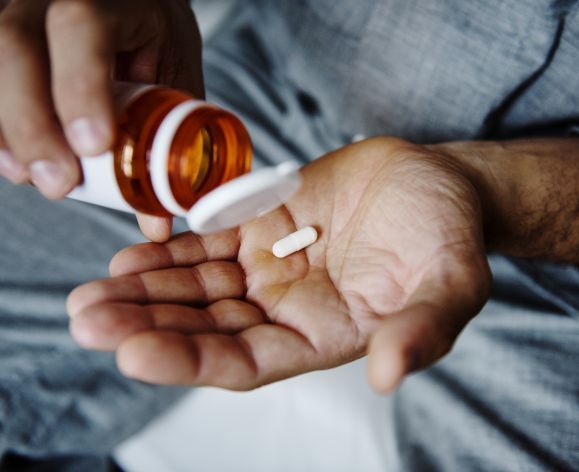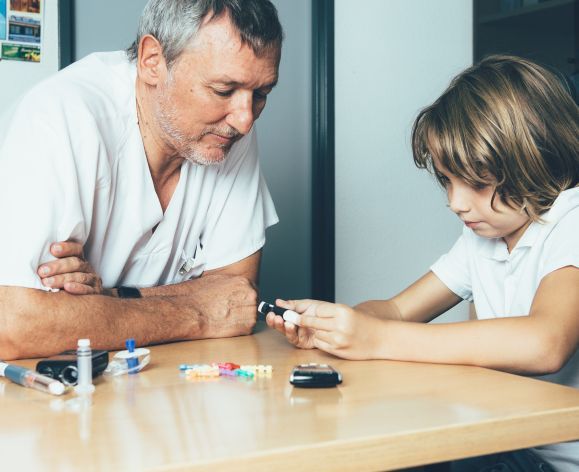Program Overview
Students will learn current and comprehensive practice applications of diabetes care and education for people with type 1 and 2 (both in children and adults). They will also be educated on prediabetes, and gestational diabetes from renowned experts and thought leaders. Students in the program will start with an illustrated review of pathophysiology and landmark studies in order to understand the evidence-based treatment modalities. Upon completion of the program, students will have improved skills in delivering effective, patient-centered diabetes education and care that focuses on strategies to promote wellness through behavior change and reduce barriers for vulnerable populations. Students will gain insights about the lived experience from people with diabetes. Student outcomes include the ability to explain pharmacological options to manage glucose, blood pressure and lipids. Students will also explore basic and advanced technologies used to decrease the burden of living with diabetes while also improving outcomes.
This curriculum is appropriate for physicians (including fellows and residents), advanced practice providers (NP, PA, CNM, CNS), pharmacists, registered nurses, registered dietitians, clinical social workers, diabetes care and education specialists (CDCES), dentists, dental assistants, podiatrists, exercise physiologists, physical therapists, and other licensed profession who care for people with or at risk for diabetes.
Complete course length is 100 hours. Since this course is self-paced, students are expected to budget an average of two hours per week to complete the entire program within a year of enrollment. May complete sooner based on the availability of time to dedicate to the course. Students may also complete a portion of the course for partial credits within a course without achieving the certificate.
The certificate consists of five courses priced at $299 individually, or $995 for all five.
Commercial Support: This program will use support from the Abbott Fund for the purpose of providing scholarships.









